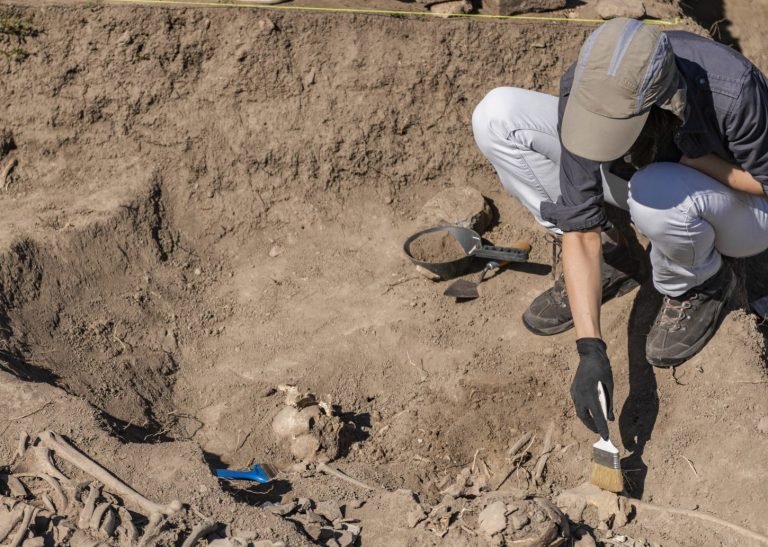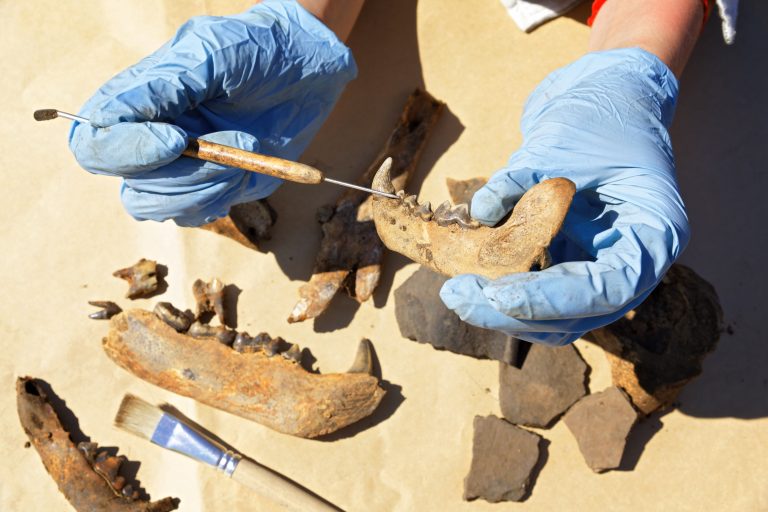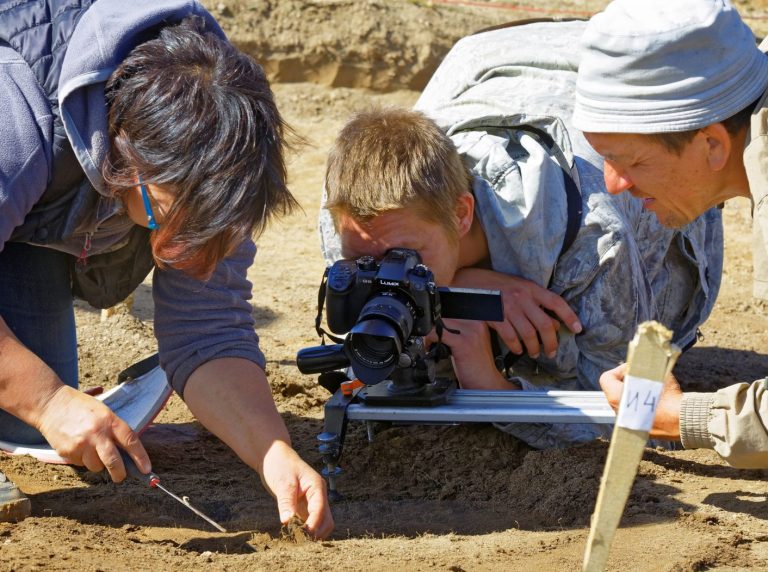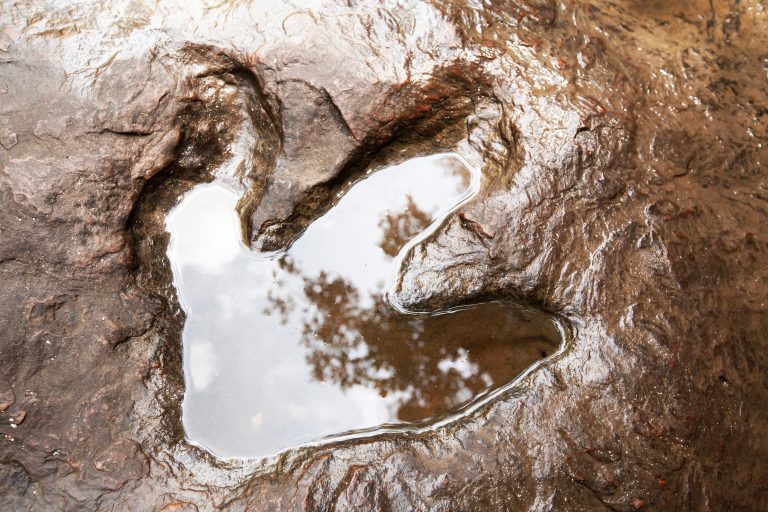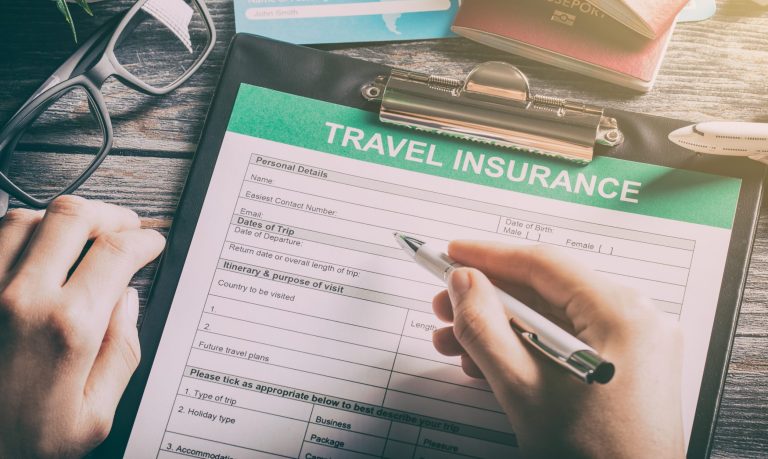7 Essential Tools for Every Paleontology Trip
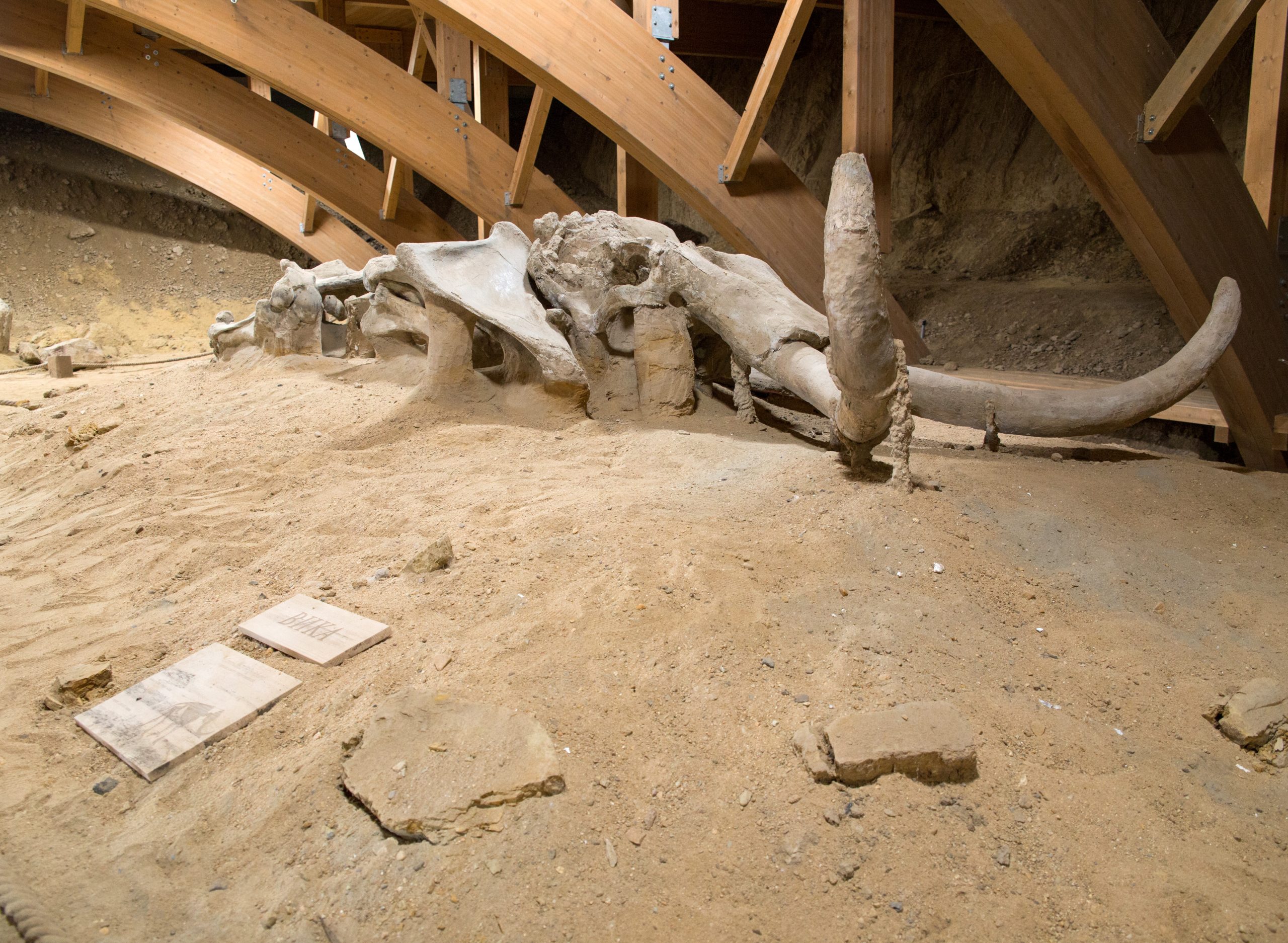
Embarking on a journey through time, paleontology trips are adventures that can unearth secrets millions of years old. Here’s your essential toolkit to make the most of your fossil-hunting escapade.
Paleontology unlocks Earth’s history, merging geology, biology, and archaeology to reveal ancient life. Paleontologists act as detectives and historians, reconstructing evolutionary tales from fossil fragments. Fieldwork feels like time travel, with each unearthed fossil offering a glimpse into millions of years past.
Whether expert or novice, every find enriches our understanding of the past. Though meticulous, the work is deeply gratifying, contributing to a richer narrative of life’s evolution. Each discovery adds layers to the captivating story of our planet’s past.
1. Rock Hammer
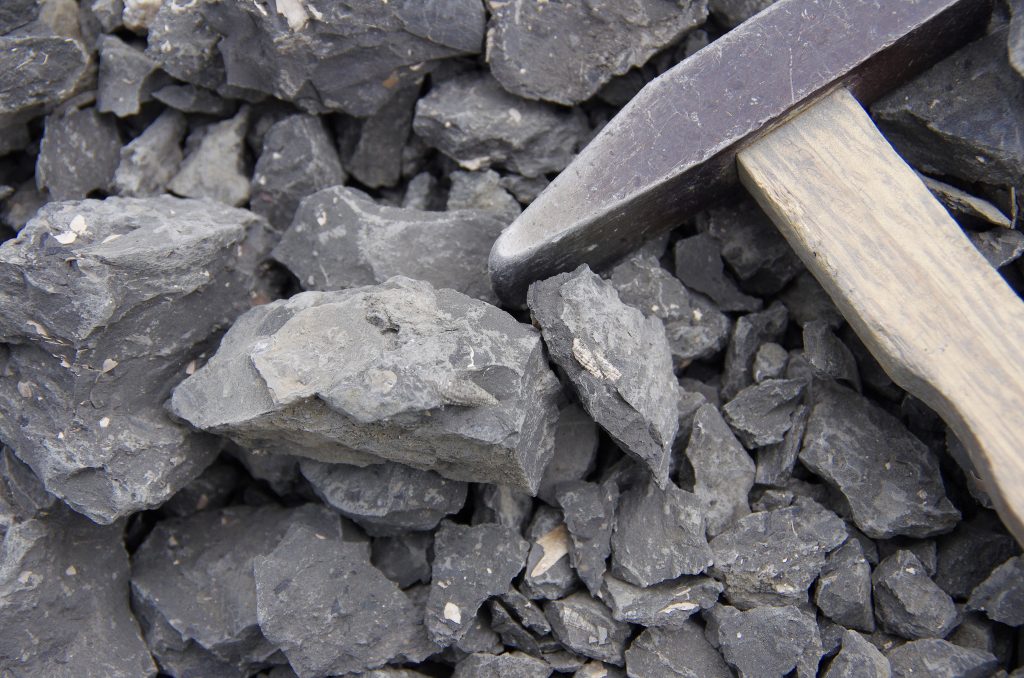
The rock hammer is the quintessential tool of any paleontologist. It’s your trusty sidekick, capable of chiseling away rock to reveal the treasures within. Choose one with a comfortable grip and a pointed tip for precision work (trust me, your hands will thank you after a long day).
Hey hey! Don’t forget to subscribe to get our best content 🙂
A good hammer should feel like an extension of your arm, balanced and sturdy. Whether you’re splitting sedimentary layers or extracting a fossil, the right rock hammer makes all the difference. And let’s be honest, there’s something satisfying about the clink of metal on stone as you chip away at history.
Be sure to pick a hammer that’s built to last. The field can be unforgiving, and a broken hammer can turn a promising dig into a real headache. I’ve seen many a rookie paleontologist learn this the hard way, so consider this tip a nugget of ancient wisdom.
2. Hand Lens
A hand lens (or a loupe, if you want to sound fancy) is your window into the microscopic world. It magnifies the minute details of fossils, allowing you to identify features that are invisible to the naked eye. A good hand lens can mean the difference between spotting a rare specimen and overlooking it entirely.
I always keep mine on a lanyard around my neck—it’s that important. The best ones offer 10x magnification, striking a balance between detail and ease of use. With it, the subtle textures and patterns of ancient life leap into clarity.
Imagine holding a fragment of bone, and with a simple tool, you’re suddenly observing the fine structures that reveal its identity. It’s like having superpowers, and who doesn’t love that feeling? Remember, in paleontology, the devil (or should I say, the dinosaur) is in the details.
3. Field Notebook
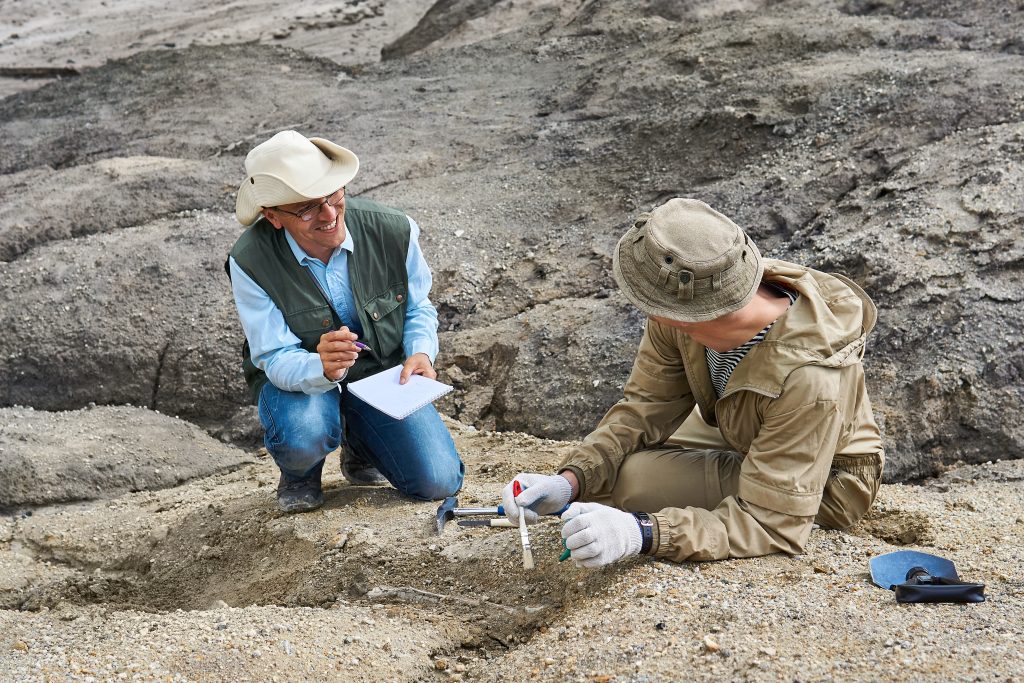
Your field notebook is the guardian of your discoveries. Every observation, sketch, and hypothesis goes in here. It’s vital for recording the context of your finds, which is just as important as the fossils themselves. Think of it as a diary of your scientific journey.
I prefer a notebook with waterproof pages because you never know when you’ll get caught in a downpour (or when you’ll spill your coffee). A pencil is your best friend here because the ink can smudge or fade, but pencil marks endure the test of time—and isn’t that what paleontology is all about?
Looking back through my old notebooks is like traveling back to the moments of discovery. It’s not just data; it’s a narrative of your adventures, complete with the highs, lows, and the occasional eureka moment. Keep it close, and it’ll be an invaluable resource for years to come.
4. GPS Device
In the vast expanses where fossils lie, a GPS device is your lifeline. It helps you navigate the terrain, mark dig sites, and ensure you can always find your way back to camp. Gone are the days of relying solely on paper maps—modern technology is a game-changer.
With a GPS, you can record the exact coordinates of your finds, which is crucial for scientific documentation. It also helps when you’re sharing site information with colleagues. Plus, let’s face it, getting lost is never fun, especially when you’re lugging around a day’s worth of fossils.
I’ve heard tales of paleontologists who’ve discovered incredible sites, only to lose them again because they couldn’t remember the location. It’s the stuff of nightmares. A reliable GPS means you’ll never have to tell that kind of tragic tale.
5. Safety Gear
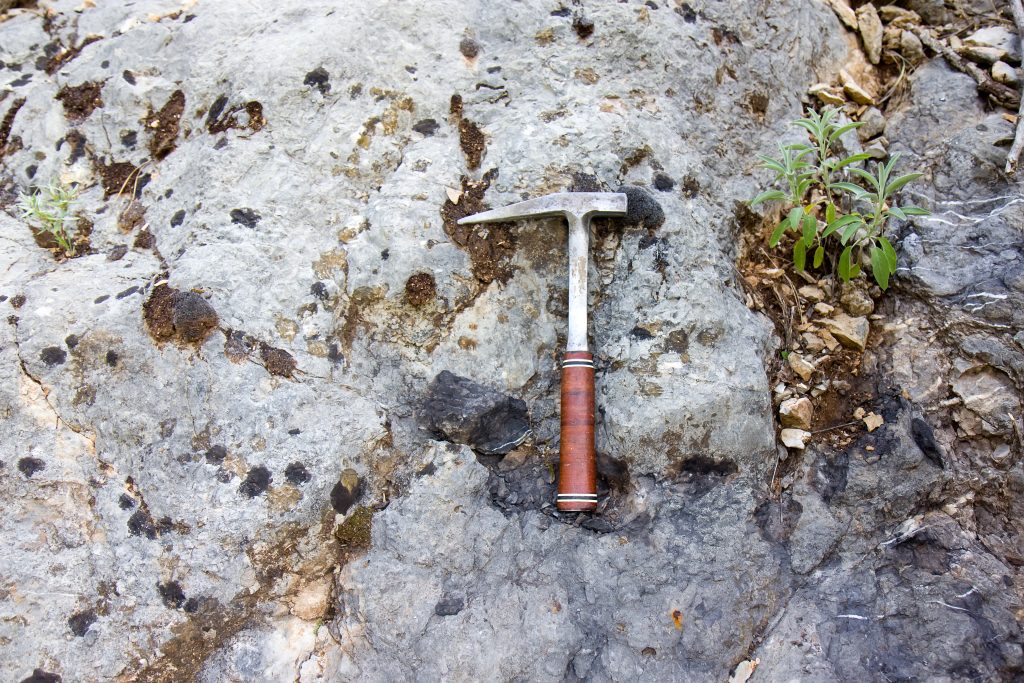
Safety gear is non-negotiable. The right gear can mean the difference between a successful trip and a trip to the emergency room. Sturdy boots protect your feet from sharp rocks, gloves shield your hands from cuts, and a hard hat keeps your noggin safe from falling debris.
Sun protection is also critical. A wide-brimmed hat, sunscreen, and sunglasses will save you from the harshness of the sun, especially in open, arid dig sites. And always carry plenty of water—dehydration is a sneaky enemy in the field.
I’ve seen too many eager beavers get sidelined by avoidable injuries. Don’t be that person. Gear up, stay safe, and keep digging. Your future fossil finds depend on it.
6. Sifting Screens
Sifting screens are your sieves of truth, separating the wheat (fossils) from the chaff (everything else). They come in various mesh sizes, allowing you to filter through sediment and concentrate on potential finds. It’s a bit like panning for gold but for paleontologists.
This process can be time-consuming, but it’s often where the magic happens. Tiny teeth, bone fragments, and other minuscule fossils can emerge from the silt, each one a clue to the past. It’s a reminder that not all discoveries are colossal skeletons; sometimes, the smallest finds tell the biggest stories.
I recall the joy of sifting through a pile of dirt and suddenly seeing the glint of a small fossil. It’s a testament to patience and diligence, and a satisfying payoff for your meticulous efforts. Plus, there’s something oddly meditative about the rhythmic shaking of a sifting screen.
7. Fossil Brushes
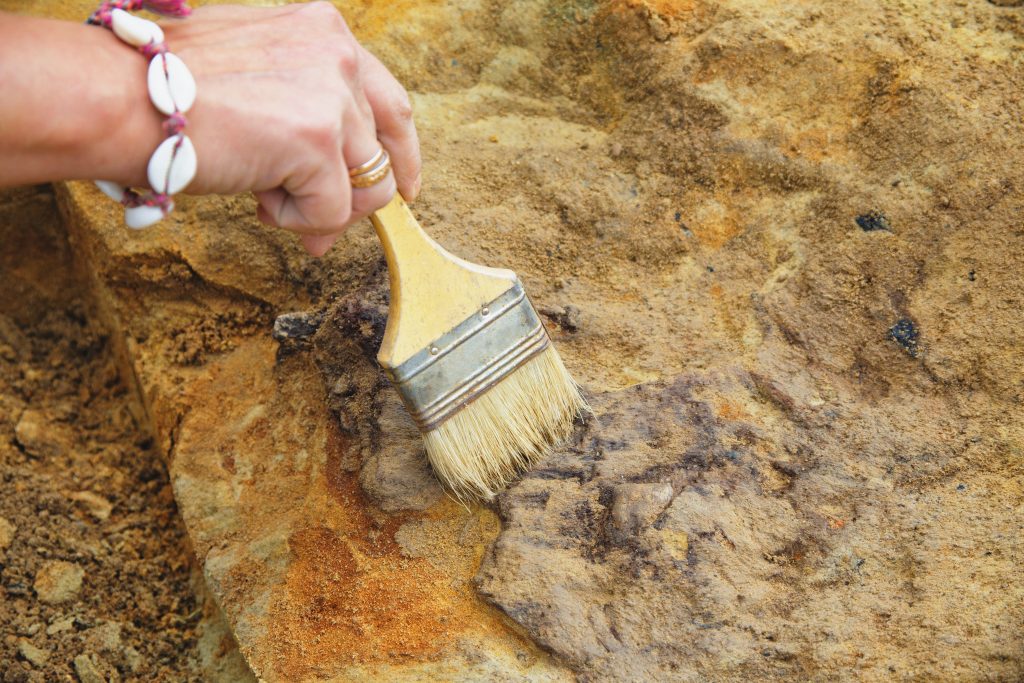
Fossil brushes are the gentle touch in a world of hammers and chisels. They range from paintbrushes for delicate dusting to toothbrushes for more vigorous cleaning. The goal is to remove debris without damaging the fossil, and a good brush makes all the difference.
It’s a moment of intimacy with the past, as you carefully unveil the fossil from its earthen cocoon. The right brush strokes can reveal the fine lines and textures that have been hidden for eons. It’s a delicate dance between preservation and discovery.
There’s an art to it. Each brushstroke feels like a conversation with history as if you’re coaxing the fossil to tell its tale. And when it finally emerges in all its glory, it’s nothing short of breathtaking.
Packing Tips for Fieldwork
Packing for a paleontology trip is an exercise in practicality. You need to balance the essentials with the weight you can realistically carry. Always prioritize the tools you’ll use most, and remember that multi-purpose items are your friends.
Pack your gear in sturdy, weatherproof containers. Label everything clearly—it’s amazing how similar rocks can look when they’re out of context. And pack in layers; fossils at the bottom, and tools on top for easy access.
Lastly, always leave a little extra space. You never know what you’ll want to bring back, and fossils don’t take kindly to being squished in a packed bag. Trust me, you don’t want to find that out the hard way.
Paleontology Etiquette and Ethics
As a paleontologist, you’re a steward of the Earth’s history. It’s important to respect the sites you visit and the fossils you find. Always obtain proper permits, and never take more than you need. Every fossil has a story, and it’s our duty to preserve that story for future generations.
Remember to fill in your digs and leave the site as you found it. And if you’re ever in doubt about the significance of a find, consult with colleagues or report it to the authorities. Collaboration and respect are the bedrock of our field.
Lastly, share your knowledge. Whether it’s with the public, students, or fellow scientists, every conversation is an opportunity to inspire and educate. We’re all part of this grand adventure, and it’s up to us to keep the story of our planet alive.

